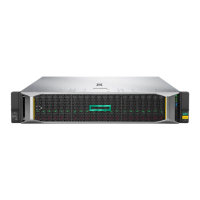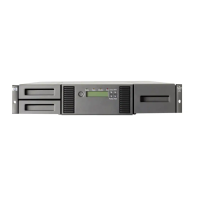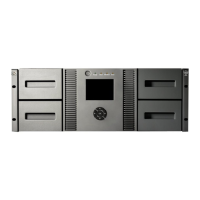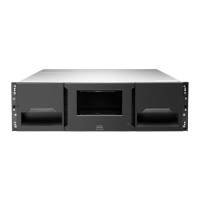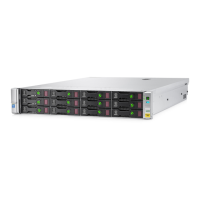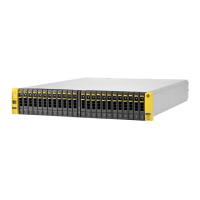The following table describes the three basic types of pools, their properties, and usage:
Good forPropertiesPool type
Capacity
• Archival storage (high capacity)• Created with high capacity midline
SAS and SATA drives (7.2K
RPM).
• General purpose file shares
• Sequential workloads
• Always contain RAID6 or RAID 60
LUNs.
Performance
• Applications• Created with enterprise SAS
drives (10K or 15K RPM).
• Clients with high performance
needs
• Contain an even number of disk
drives to support RAID10 LUNs.
• Random I/O workloads
• Low capacity data sets
Balanced
• General purpose file shares• Created with enterprise SAS
drives (10K or 15K RPM).
• Sequential workloads
• Contain RAID5/6 or RAID50/60
LUNs.
NOTE: This storage will generally
be of higher performance than
Capacity pools and have better
capacity utilization than Performance
pools.
Using the StoreEasy Dashboard
The StoreEasy Dashboard is a monitoring software that enables you to view information about
the HPE StoreEasy 1000 Storage system, such as resource utilization, system details, storage
configuration, and network configuration.
Figure 40 StoreEasy Dashboard
Use one of the following methods to launch the StoreEasy Dashboard:
• Double-click the System Dashboard icon on the desktop.
• Open Server Manager and click Tools→StoreEasy→System Dashboard.
96 Managing HPE StoreEasy 1000 Storage
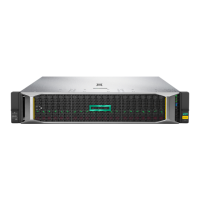
